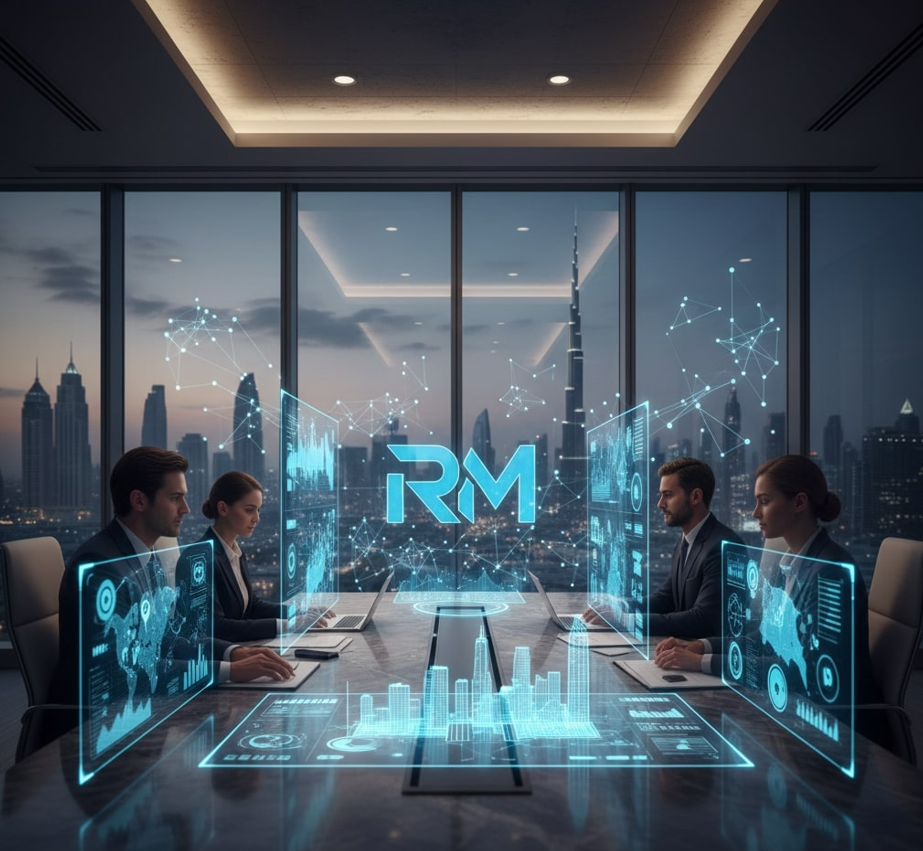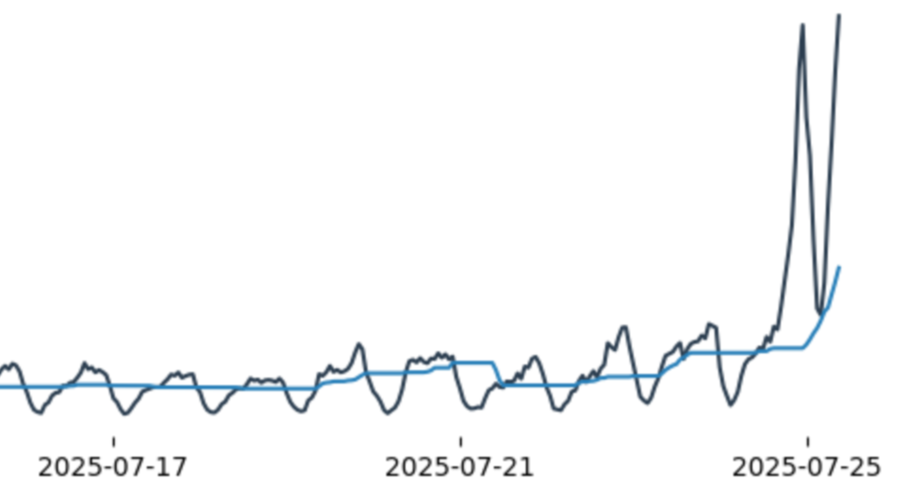Solar Farm Bifacial Panel Installation Market Overview

Solar farm bifacial installations – Deployment of bifacial PV modules in utility-scale solar projects to maximize energy production.
The installation of bifacial modules in utility-scale solar farms requires specialized design and operational considerations that go beyond the practices for conventional monofacial systems. The core challenge is the optimization of the rear-side energy gain across a vast and potentially varied landscape.
Site Optimization begins with a careful evaluation of the ground surface. For a bifacial solar farm, the ideal site has a high natural albedo, such as light-colored sand or reflective gravel, or the surface is purposefully treated with a reflective material to maximize light reflection onto the module backs. The Array Configuration is another critical factor. Unlike monofacial systems that can be mounted close to the ground, bifacial arrays must be elevated to allow for maximum reflected light to reach the rear surface without being shadowed by the ground or adjacent structures. Furthermore, the row-to-row spacing must be meticulously calculated to ensure that one row does not shadow the rear side of the row behind it, a factor which becomes more important early and late in the day.
Operational Considerations are equally specialized. The mounting system often involves specialized single-axis or dual-axis trackers, which not only orient the front face to follow the sun but also dynamically optimize the panel's angle throughout the day to maximize both direct and reflected light capture. Shading is a paramount concern; any obstruction on the rear side from mounting brackets, cables, or ground vegetation can disproportionately reduce power output. Therefore, specialized racking that minimizes structural elements beneath the panel is a design prerequisite. Long-term maintenance must also account for the necessity of keeping both the front and rear surfaces clean to mitigate soiling losses, which can impact the rear-side gain.
FAQs for Solar Farm Bifacial Installations
What non-solar farm component must be carefully optimized to maximize the energy output of a bifacial installation?
The ground surface's reflectivity, known as albedo, is the critical non-solar component that must be optimized or managed to maximize the rear-side energy gain.
How do array configuration requirements for bifacial panels differ qualitatively from monofacial panels in a solar farm?
Bifacial arrays require greater elevation above the ground and more careful row-to-row spacing to minimize rear-side shading and maximize the capture of reflected light.
What is the specific challenge introduced by shading in a bifacial solar farm?
The challenge is that shading can occur on both the front and the rear surfaces, including shadows from mounting structures or ground vegetation, which can disproportionately reduce the overall power output.
More Related Reports:





